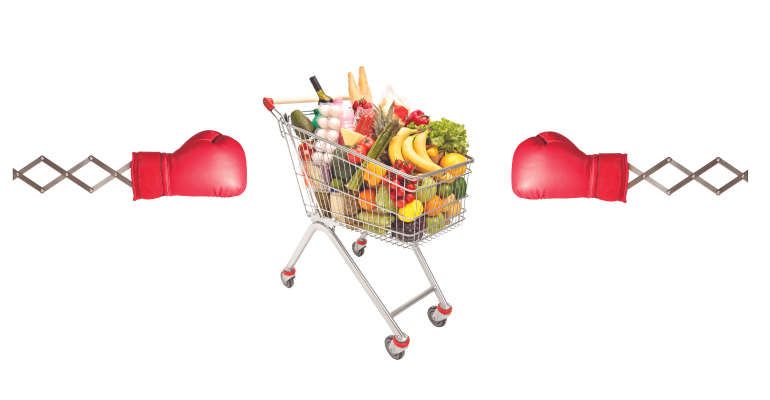Uncertainty around the economy and the spending power of consumers in the year ahead has set the stage for what could be a challenging year for traditional supermarket operators in 2024, according to analysts interviewed by Supermarket News.
The prospect of price deflation, after nearly three years of rising prices, could pressure operator margins at a time when labor costs remain high, said Scott Mushkin, founder and managing partner, R5 Capital.
“From our vantage point right now, it’s looking pretty difficult, at least peering into the first quarter,” he said.
Mushkin cited in particular the increasing competition from Aldi, Amazon, Costco, and especially Walmart, which has improved its fresh offerings, is in the midst of a major remodeling effort, and also has an attractive membership program with its Walmart+ subscription platform.
“I think as you look at competition, the 800-pound gorilla, the 1,600-pound gorilla, the 2,400-pound gorilla is Walmart, Walmart, Walmart,” he said.
Deborah Weinswig, founder and CEO of Coresight Research, found some reasons to be optimistic about traditional food retail, including opportunities around health and wellness, retailer media networks, and more personalized ecommerce relationships.
“I think that 2024 is a year of unprecedented opportunity for this sector,” she said.
At the same time, she cited the growing challenges that retailers face around shrink and organized retail crime.
“That is one of the greatest challenges I see in ’24 — certainly more than ’23,” she said.
Keith Daniels, managing partner, Carl Marks Advisors, said he sees the market as being ripe for mergers and acquisitions to fuel growth and streamline costs, both on the retailer and supplier side.
“As these companies look for the ability to take share, and reduce infrastructure costs, I think we’re going to continue to see that activity, particularly as revenues are starting to decline,” he said. “Companies are looking for opportunities for additional revenue growth.”
He said he expects that the pending merger of Kroger and Albertsons will likely eventually be approved by regulators in 2024, which could spur some of the competitors to consolidate as well.
“I think to compete with that, you’re going to see more pressure on the regional players,” said Daniels. “I think you will see the merger activity continue, and transactions in general.”
Regional and independent operators that don’t grow through mergers and acquisitions will continue to seek to differentiate themselves by providing in-store experiences such as prepared foods, more efficient checkouts, and focusing on on-trend product opportunities.
The following are transcripts of the interviews with Mushkin, Weinswig, and Daniels, which have been edited for length and clarity.
 Scott Mushkin, founder and managing partner, R5 Capital
Scott Mushkin, founder and managing partner, R5 Capital
SUPERMARKET NEWS: What do you see as some of the key trends impacting food retailing in 2024?
I think the elephant in the room is what’s going to happen with inflation. If you look at some of our pricing surveys, what’s interesting is that all of a sudden, inflation has almost ground to a complete stop. We were in the Houston market a month or two ago, and over the last six months, there was no inflation at all, and in fact there was a little deflation. We were up in Chicago about a week and a half ago, and low and behold, year over year inflation was falling, and there was deflation.
SCOTT MUSHKIN: I think as we get into 2024, what happens here is really important. Obviously we still have wage pressure out there. A lot of people have been saying it is easier to get labor, but no one is saying it is easy to get labor. So you are still looking at wage increases certainly through the first half of the year, so you have one of these situations where your labor costs are still rising, yet pricing at the shelf looks flattish.
The challenge really is that volumes in the industry continue to be negative, and unfortunately outside of Walmart, everyone has been saying the elasticities have not been what they wished they would be as we stabilize pricing.
So if you look at an industry volume trend of about down 3%, and taking inflation down to zero, that would say people are going to be doing a negative-3 comp unless they are gaining share. This is the overall macro picture for next year, and from our vantage point right now, it’s looking pretty difficult, at least peering into the first quarter.
SN: How might competition from Walmart, Aldi, and other low-priced operators play out in 2024?
SM: I think as you look at competition, the 800-pound gorilla, the 1,600-pound gorilla, the 2,400-pound gorilla is Walmart, Walmart, Walmart. They are gaining a tremendous amount of share. We talked about industry unit volumes being down 3%, but Walmart is up about 1%, according to our research, and this has been the case for a long time now — at least 18 months. That’s shifting a lot of share to the guys in Bentonville, [Ark.], and it’s to the detriment of traditional supermarkets.
Kroger and Walmart compete head to head more than any other two retailers, maybe globally. There’s tremendous overlap in that store base, and it’s hard not to look at Walmart’s share gains and Kroger’s share losses as different sides of the same coin. I don’t know when that stops, and I don’t know how you can run a company losing the share you’re losing.
The competition from Walmart is likely to increase, not decrease. The company is going through a very significant productivity upgrade, technology upgrade, automation upgrade. We would estimate that’s going to improve their productivity by about 30%. Some of that will undoubtedly go into price. When you build these facilities, or build into current facilities, automation and processes, and really drive up your fixed costs, the best thing to do in that situation is to drive a lot of volume over those assets. They have said to me that price is definitely going to be a part of that.
“We talked about industry unit volumes being down 3%, but Walmart is up around 1%.”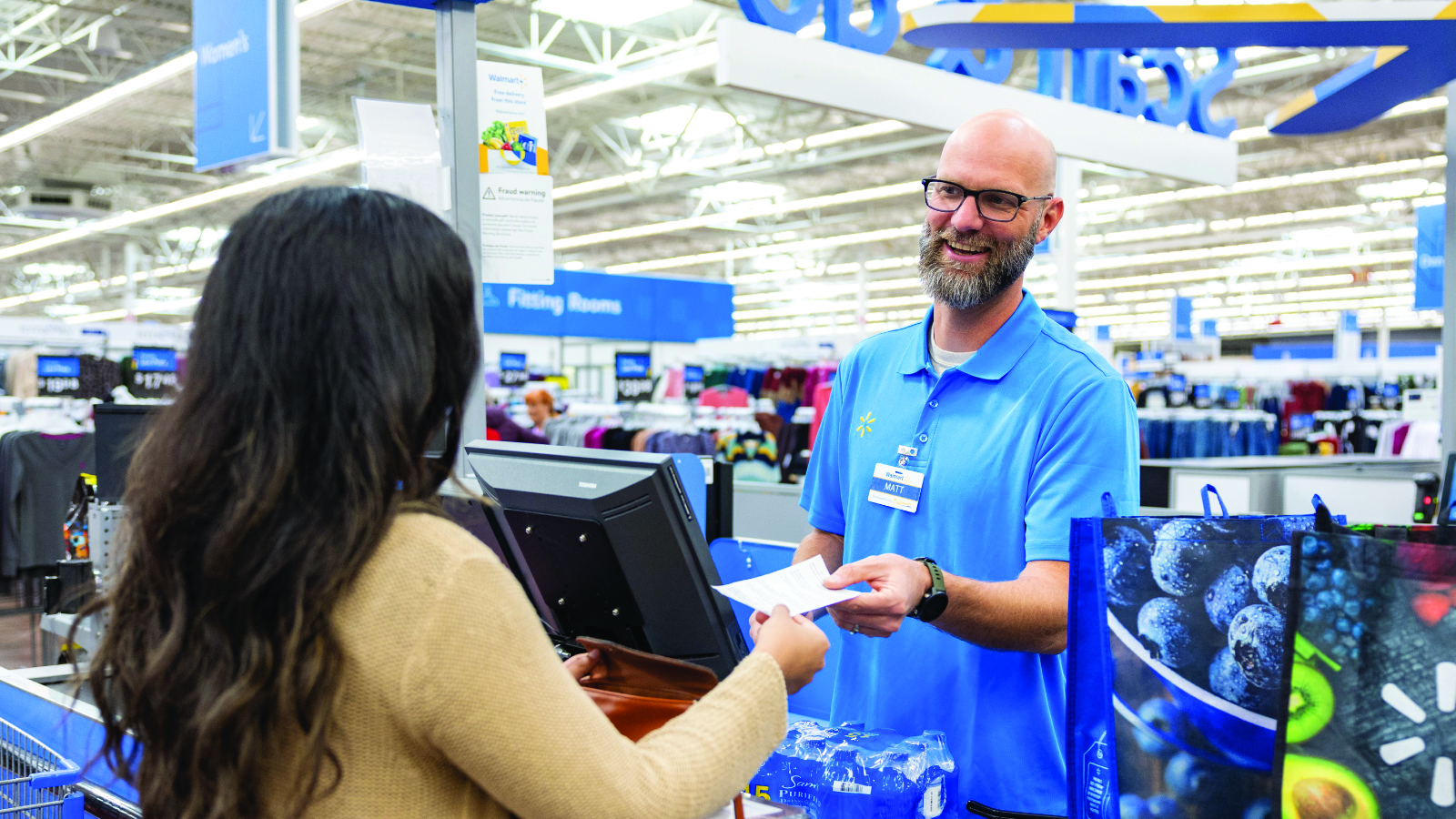
So, as we get into 2024, and more of these automated facilities come on, my guess is Walmart is going to get more aggressive on price to drive volumes. They are already gaining a lot of share, they are likely to use price to gain even more share, where it’s appropriate.
The other thing you have to talk about with Walmart is the Walmart+ offering. The challenge is that Walmart+ is a good offering — it’s not quite on par with Amazon Prime, but it is a good offering. You get Paramount+ with your Walmart+ membership, you get gas discounts, you get travel deals. It seems like almost every two or three days, you get another enticing offer.
We look at Walmart as the guy to beat at this stage, and I’m not sure what stops the share gains. They believe they can gain 100 to 150 basis points of volume share a year, and I think they can do it.
Amazon does not get a lot of play, but we talk to the company frequently, and there is no doubt that they believe they can gain a lot more in-home consumables volume as they drive their delivery times down. And like Walmart, they are putting a lot of fixed assets into place. They are putting machines in place, they are automating, they are using AI.
Our research shows they are already using price very aggressively. A lot of that discounting is going right into the in-home consumables space. Of particular note is health and beauty care — the drugstores are clearly going to suffer. But also things like household chemical and paper, dry grocery — they are cocked, loaded, and aimed at home consumables, and they are driving their delivery times down.
Costco grabs consumables share
Third up on the list of competition that I would throw in is Costco. They continue to grab a lot of share in consumables.
We would peg those three — Walmart, Amazon, and Costco — at about 35% share currently, in the U.S. We already said Walmart wants to add 100 to 150 [basis points], we know what Amazon’s plans are, and Costco is gaining share — so, in five years, is it likely that Walmart, Amazon, and Costco will be 40% of the home
consumables market? I’d say that’s highly likely. Could it be 45%? It could.
The other impact is not just the share losses, it’s also the loss of vendor money. Vendor money follows volume, [and] this is an extraordinarily big challenge.
That’s even before we get to Aldi. Let’s take Aldi as a separate entity. Their pricing is extraordinarily cheap. We clock them in as 6% to 10% under Walmart on their private label. They just bought Winn-Dixie down here in Florida, [so] there’s going to be a lot more Aldis here in the state of Florida.
That might also be almost a second-derivative good news for Kroger, because Publix down here has got almost a monopoly, and so to the degree Aldi can hurt Publix’s margins, on the margin, that would probably be helpful to Kroger.
Aldi is just going to grind it out, take share, and if the economy does get worse, they win, so it’s definitely someone to watch.
It’s also interesting to see where they are putting their stores. At least a decade ago, they said we’re not just going to go to lower-income neighborhoods, we’re going to go to middle, we’re going to go to lower middle, and now even they are venturing to what I would say are upper-middle income neighborhoods.
Could Aldi take 50 [basis points] of market share over the next five years? It could.
These are the dynamics in play, and it’s likely to be a very difficult period again for the traditional supermarkets.
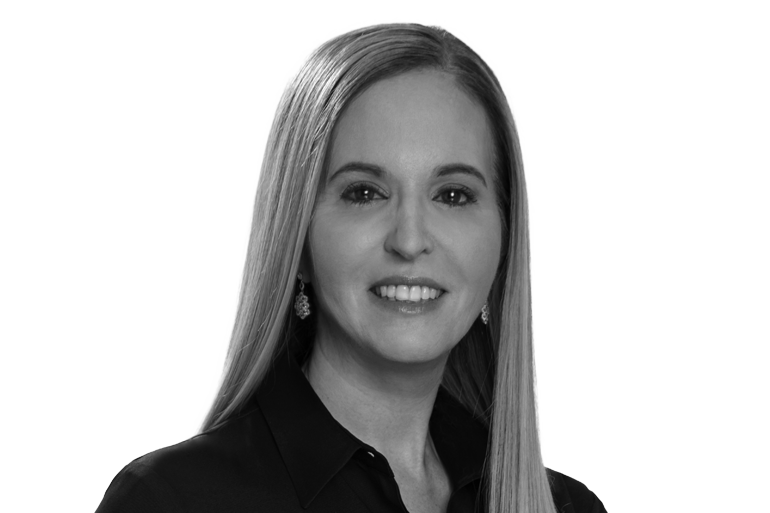 Deborah Weinswig, founder and CEO, Coresight Research
Deborah Weinswig, founder and CEO, Coresight Research
SN: What do you see as some of the key trends impacting food retailing in 2024?
DEBORAH WEINSWIG: Let’s start with the “Ozempic economy.” We have real changes happening there. We have changes in terms of the quality and quantity of what people are eating, and where they’re potentially redeploying money that they would’ve spent on grocery.
Secondly, we’re seeing more health and wellness move into the grocery, and this idea around “food prescriptions” and “food as medicine.” I had gone to Mayo Clinic in Rochester, and I was diagnosed with Celiac. They told me I can’t eat barley, wheat, and rye, and their “prescription” for me was to go to Whole Foods, and go to the concierge desk. They walked me around the entire store and showed me what I could and couldn’t eat. And we’ve talked to many grocers who said having either a nutritionist or some consultants on staff, or having that [information] available through an app, is a bigger focus for them in the year ahead.
Then, if we think about retail media networks, I believe we’ll continue to see consolidation and the opportunity for retailers to drive revenue in a new way. And it is not just retail media networks, it’s monetizing their [intellectual property] and monetizing their data. That allows the grocery segment to invest more in technology. It goes back to better data, better engagement for the consumer, [and an] easier customer journey on an app or online. There’s a million things that does, but ultimately, I look at it from the grocer’s perspective that they now have this other source of revenue.
Another trend is around private labels. During the pandemic, the closest full grocer was Aldi, and I got very used to buying those brands. It is the retailer’s own brand, and I feel like we hear bits and bites of them talking about it that way. And of course we’re seeing them continue to increase in penetration. I just think there’s a whole other opportunity to drive growth for private label and ultimately the top line and bottom line.
Buy online, pick up in car
I was with somebody last week who lives outside of Lexington, Ky., and he said that at his Walmart he’s counted 35 spots for buy online and [have it brought to your car]. And, he said they have to wait in line to get one of the spots. As a consumer, you’re in a bit more of control [compared with home delivery] especially with
groceries and things that are perishable.
The challenge is there is cost associated with that, which, once again, I think you can offset through retail media networks, data monetization, IP monetization.
Once you have that one-to-one relationship with the consumer, there’s this idea that we can engage people with ‘car commerce,’ I call it. We can start to engage people in a different way, and we get permission to sell them more and to develop a relationship.
With Instacart, I can now try to book the same person. With Target and Shipt, that’s their big thing is to be able to book the same Shipt-er. And when you start to develop relationships, [it’s like when you would] go into the grocer and you’d hope you’d see your favorite cashier. [Customers] would be so excited, and they’d wait in line. It would be five deep to check out with this particular person.
When it comes to self-checkout, we did a lot of research, and much to people’s surprise, the ‘silver consumers’ were the ones who enjoyed it the most. I am not saying [they] used it [the most], but enjoyed it because they felt they weren’t being rushed. They could see the prices, and they were able to, in a very comfortable environment, if something was more expensive than they thought, they could have somebody who was pretty anonymous take the item off their order. That is interesting in terms of thinking more holistically about people’s checkout experience.
“With Target and Shipt...their big thing is to be able to book the same Shipt-er.”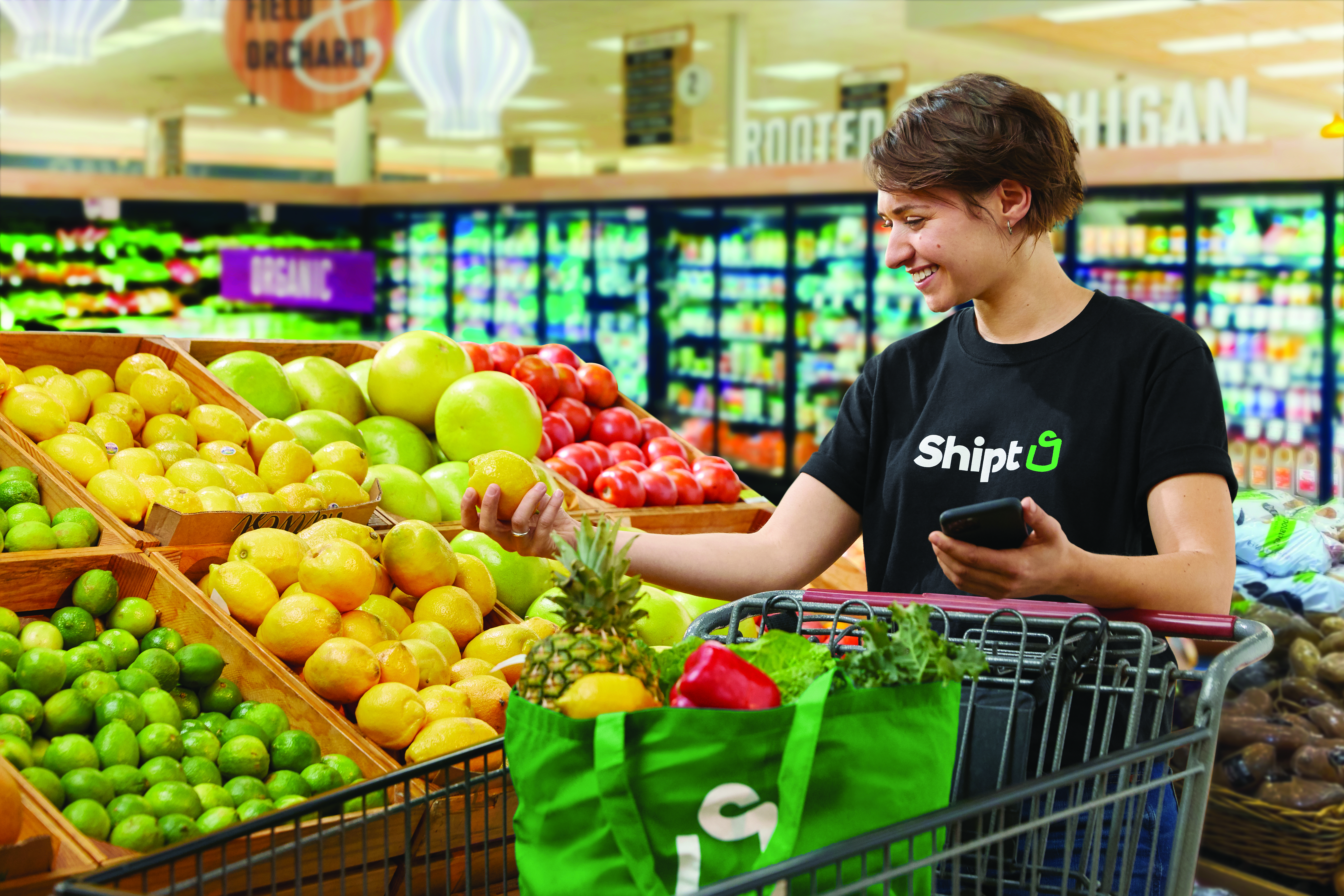
The shrink challenge
We’ve done a lot of work on shrink and organized retail crime, and I was originally surprised at the level with which this is happening in food and drug. It wasn’t any different than it was in apparel. If you look at where we are in terms of top line growth, where we are in terms of inflation, our data suggests that on average, there’s about 150 to 200 basis points impact on the top line from product walking out of the store unpaid.
One of the greatest challenges I see in ’24, certainly more than ’23, is organized retail crime. Why I think it’s so interesting in grocery is because everyone assumes it’s a non-issue. We can call it shrink or ORC, but that is a really interesting challenge.
Another trend is that with most CPGs now, the interest in going direct to the consumer continues to be present. I think we’re going to start to see some early examples. I think all of these brands have to think about what works and how to put that together in a comprehensive experience for the consumer. I think that the CPGs feel that the data piece of this is increasingly important, and at least from our conversations, that’s why they really want to figure this out.
I think that 2024 is a year of unprecedented opportunity for [the food retail] sector, and there will also be opportunities, I think, to partner, whether it’s with technology solutions or other brands outside of their own space in activations and whatnot, and I’m really excited to see that.
 Keith Daniels, managing partner, Carl Marks Advisors
Keith Daniels, managing partner, Carl Marks Advisors
SN: What do you see as some of the key trends impacting food retailing in 2024?
KEITH DANIELS: I think some of it will be a continuation of what we’ve seen in ’23. For example, there was a significant pause during the pandemic in things like merger-and-acquisition activity and transactions being done. We had seen, in the last decade, a lot of moves in that direction, and I think we’ve seen activity pick up both within retailers and on the food side of things. And as these companies look for the ability to take share, and reduce infrastructure costs, I think we’re going to continue to see that activity, particularly as revenues are starting to decline, companies are looking for opportunities for additional revenue growth.
SN: What is your outlook for inflation, and for consumers’ ability to keep spending as they have been?
KD: Well, the one good thing for food is that people need it. So, within the food category I think we’ll see the consumer continue to spend there. But as there’s pressures on pricing within food or fuel, that’s going to continue to put pressure on the pocketbook. We’re seeing a lot of talk lately about the pressure on the consumer, and student loan debt now having to be paid back. Consumer debt is at an all-time high. The consumer has really depleted those savings
that they had built up during the pandemic, and I think there’s going to be softness going forward. So, we’re going to see some slowdown in growth, and I think that’s going to be an opportunity for value players to step in and have some nice growth going forward.
Inflation has leveled off, but still, compared to two or three years ago, we have much higher food prices. So, I think maybe as the economy slows down a little bit, you’ll start to see less demand for those goods, and hopefully you’ll start to see some price deflation going on. But it’s going to be slow, I think, as we move into ’24.
SN: How might the growth of the value players impact traditional food retailers?
KD: We have seen in the last five to eight years the expansion of the Aldis and Lidls in the U.S. Lidl had just come into the market I think in 2017, really trying to grab share. They’ve had some stumbles along the way, but I think they’re going to figure it out, and they’re going to look for more growth going forward. I think this economy provides opportunity for a retailer like that for growth. Aldi continues to expand its store counts, and its base, and they’re going to be able to benefit from this as well.
You have Dollar Generals in the more rural markets, and they’re getting more into food, and the largest food retailer of all, Walmart, which has become a dominant player, continuing to grow in that space. They do continue to add value, and as the consumer is going to be pinched, they’re going to be looking for value opportunities, and Walmart traditionally has been able to provide that.
So, there’s going to be more pressure I think going forward on retailers, particularly regional players that don’t have that size, and their ability to offer best pricing and value. I think where they’ll be able to help differentiate themselves to be successful is trying to figure out niches where they can really add a different sort of experience. So, you’ll see more investments, I think in indoor dining, in the cafés — that type of experience, and trying to be more efficient through checkouts, making some of those investments, as well as focusing on where the consumer is demanding things. [That includes] ethnic food offerings, plant-based foods, which I think Whole Foods is expecting to be a really big growth area for them this upcoming year. Being able to address those changing consumer needs — focusing on proteins, etc. — those are going to be big opportunities to combat that lower-end play.
“Publix and Wegmans...have carved out nice niches and loyalty among their consumers.”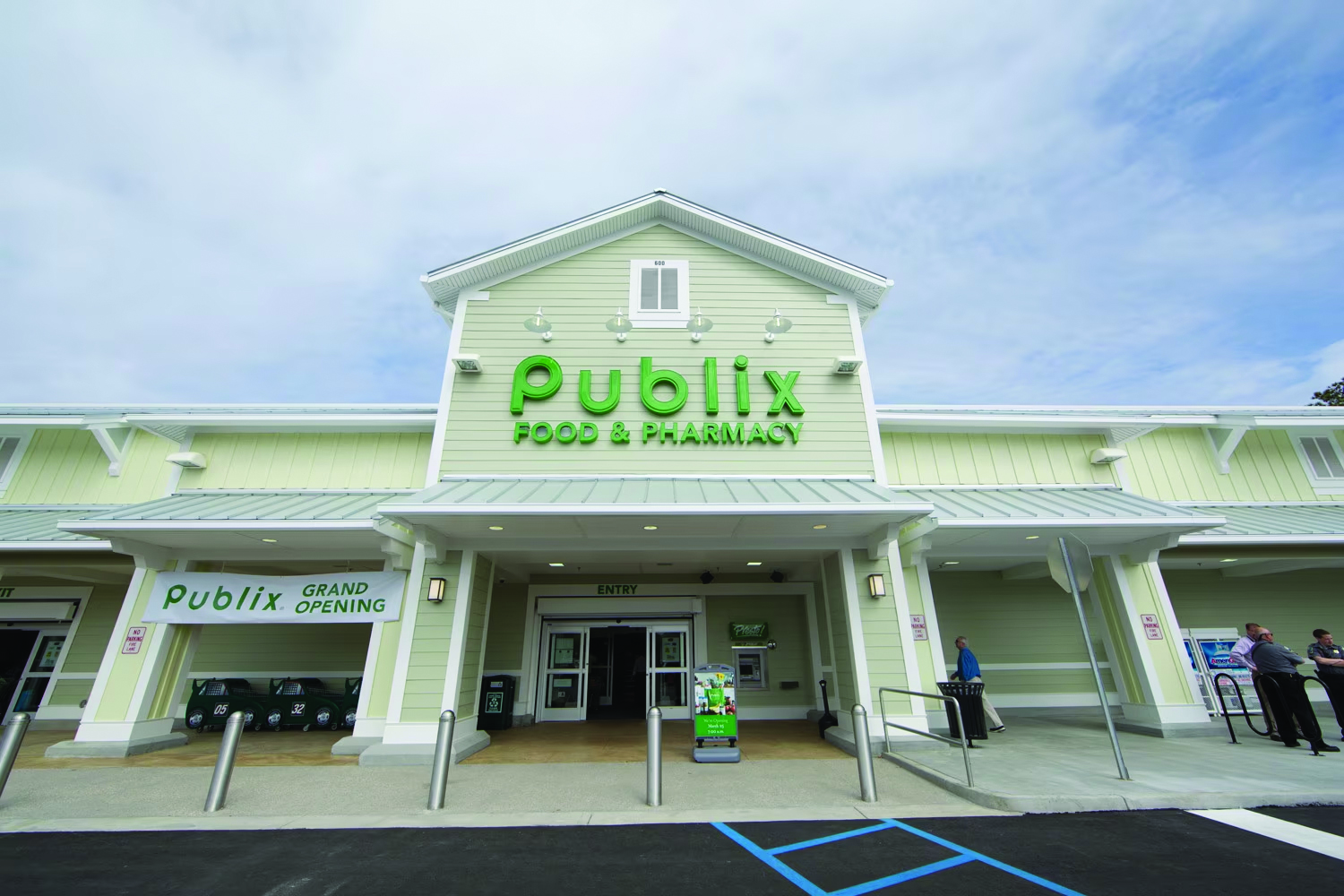
SN: Any thoughts about what impact the Kroger, Albertsons merger might have?
KD: I would expect that it will go through. They’ve been working through a number of the issues, and [planning to] sell off stores to C&S Wholesale to give them the opportunity to get this deal executed at some point in the first half of ’24. They were already two large grocery chains, but this is going to give them more scale to take more market share and enable them to reduce additional back-office costs, and make them a much bigger player as they’re negotiating with vendors and trying to get price concessions and things. I think to compete with that, you’re going to see more pressure on the regional players.
You’ve got some very strong players out there — Publix and Wegmans, for example — that have carved out nice niches and loyalty among their consumers, but some of the other regional players are going to continue to be under pressure as these bigger grocery chains continue to grow and consolidate.
The other thing you will see as a result of that is the food vendors consolidating. You’ve seen a couple this year, even recently with Campbell buying Rao’s, for example, and Smucker’s buying Hostess. I think you’re going to continue to see that, because that gives them additional opportunities for revenue, but also helps with their cost structure and their scale. And again, when they’re negotiating pricing, etc., with their retailers, having more scale gives them a lot more strength at that table. So, I think you will continue to see the merger activity continue here, and transactions in general. Even recently you had FreshDirect announce it was being sold by Ahold Delhaize. The activity is going to continue, and we’ll just have to wait and see who’s participating.
**
Stay tuned for a deeper dive into these same analyst predictions via a video series that will be published here throughout the month of January.

